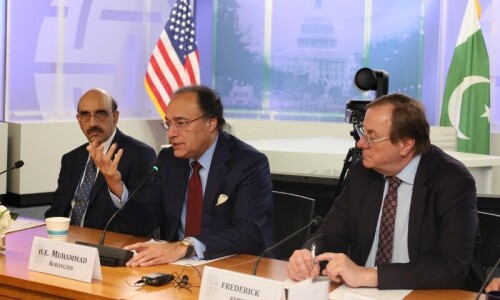
As long as art has been made, artists have found in food an endlessly elastic metaphor. From Giuseppe Arcimboldo’s illusory paintings of royal portraits as heaps of fruits and vegetables, to artists’ depictions of lavish banquets for wealthy patrons, food and art are remarkably intertwined and have appeared in myriad contexts over centuries.
Even after hundreds of years, artists continue to use food to convey a range of themes, from consumerism to essential dependence, and from our insatiable, gluttonous nature to the ephemerality of time.
During the 1900s, artists began to contemplate the changing nature of society and food became an ideal subject to critique it with. And with the advent of consumerism and economic development in the mid-20th century, pop artists began to introduce everyday objects into high art, including food. Artists would critique our consumer culture by often depicting mass-produced food and excessive advertising.
‘Table For Ladies’ by Edward Hopper portrays issues related to the Depression-era, such as poverty, gender, hunger and class. A female cashier and a waitress — two new roles for women outside of their home — serve a pair of diners who could afford the luxury of eating out.

Andy Warhol’s iconic ‘32 Campbell’s Soup Cans’ from 1962 is a portrayal of monotonous continuity in a homogenous society. Displayed like products shelved in a grocery aisle, each can represents one of the 32 flavours sold at the time. Labelled as the ‘American Vermeer’ photorealistic painter Ralph Goings’ matter-of-fact portrayals of tabletops, supermarkets, hamburger stands and, eventually, New York diners — upon his cross-country move — narrated the mundane American experience of the working class.
Wayne Thiebaud encapsulated an optimistic spirit of never-ending prosperity in his paintings of cake counters. He created each dessert with heavy strokes to produce a textured surface, and transformed the oil paint into dense frosting or whipped cream. In doing so, the paint “became” meringue, candy or even mustard.
Contemporary artists across the globe continue to sustain the long tradition of depicting food in art
The practice of citing popular culture thrives to date. Pakistani British artist Uzma Sultan captures the mass production of various food brands peculiar to our local landscape. She is particularly interested in the kitsch design and typography brandished in our everyday consumer culture. Her gestural paintings include various settings such as gola-ganda stands, street food vendors, vegetable shops and carts, and household dining tables.

Maryam Arslan creates portraits of decadent comfort foods saturated with sugar and grease. Her thick application of paint as frosting melds the threshold between paintings and sculptures. Laden with vibrant colours, the three-dimensional paintings are an apt example of synaesthesia, as viewers may salivate and almost be able to savour the taste they recall.
New York-based contemporary artist Kathleen Ryan sculpts larger than life mouldy fruits from semi-precious stones and beads. She denounces our society’s culture of food waste and juxtaposes our notions towards both the beautiful and the ugly.
Grotesque has been a common theme picked up by several artists. Rembrandt, Chaïm Soutine, Francis Bacon, all have individually painted carcasses of beef that not only stimulate the olfactory senses but also divulge the artists’ ambivalent relationship to food. Anish Kapoor pays homage to this tradition by painting close-ups of uncooked meat on a large scale. In his quest for the raw spaces in both body and psyche, he also raises other themes such as violence, trauma and social and political unrest.
The 1960s also witnessed a new movement called ‘Eat Art’, when food became a tool much like a brush or a pencil. It radically changed the paradigm of art. Artists began to employ food as materials in paintings, sculptures, installations and participatory performances, often playing with its living nature and impermanence by letting it decay over time.

Daniel Spoerri created tableaux-pièges by leaving food leftovers on the table and fixing them with a special spray so that it could stick to the napkin and hang on the wall.
In a more contemporary framework, Pakistani artist Basir Mahmood photographs fruits and vegetables to highlight the social connotation of sharing food and takes the banality of it to the realm of high art. He inquires about our interaction and body gestures when we share meals, as well as the organic rules we set for dividing food amongst ourselves.
Food in its many forms, from creation, harvest, to preparation and its consumption, is a dominant factor in our lives. The ability of food to create a cross-cultural dialogue, or to serve as a symbol for a social commentary, remains prevalent in contemporary art and it will continue to be so as long as both art and food exist in the world.
Published in Dawn, EOS, January 17th, 2021















































Dear visitor, the comments section is undergoing an overhaul and will return soon.